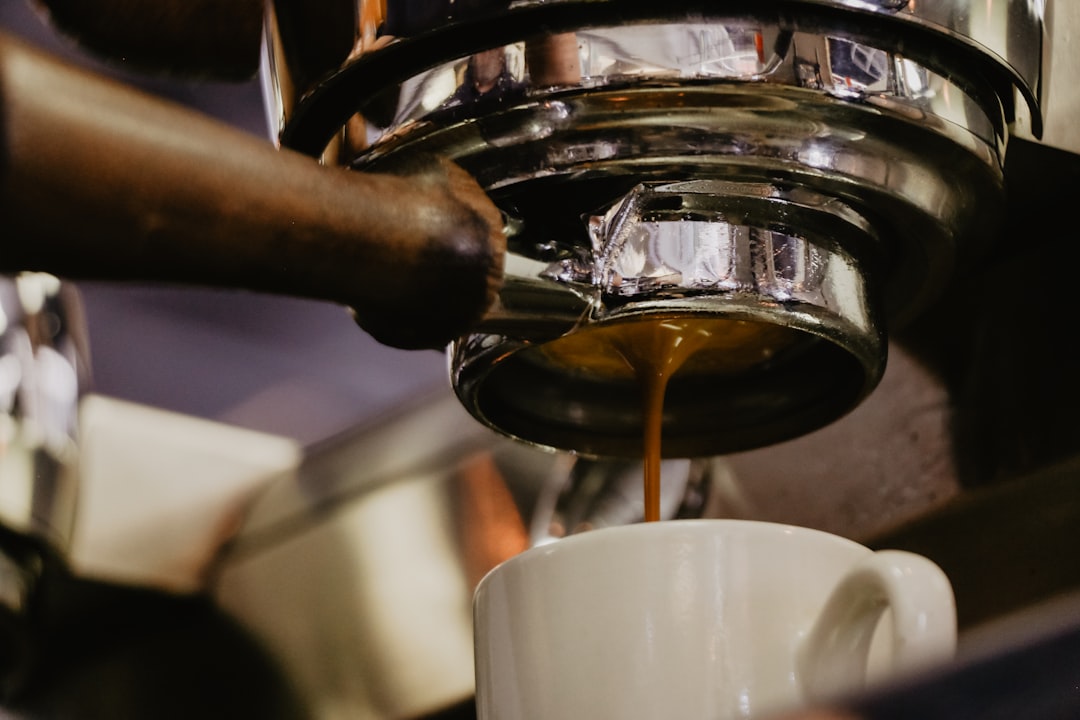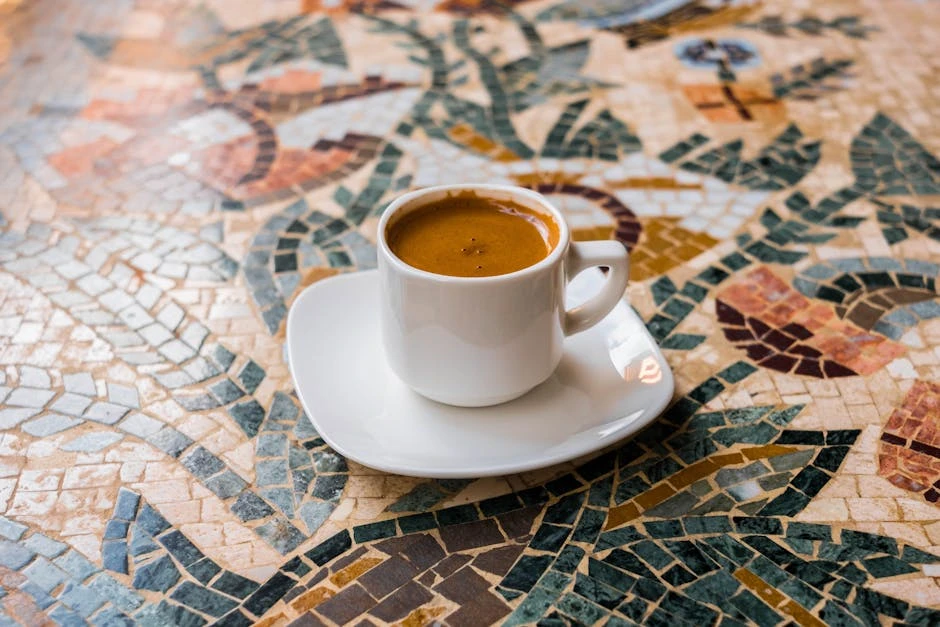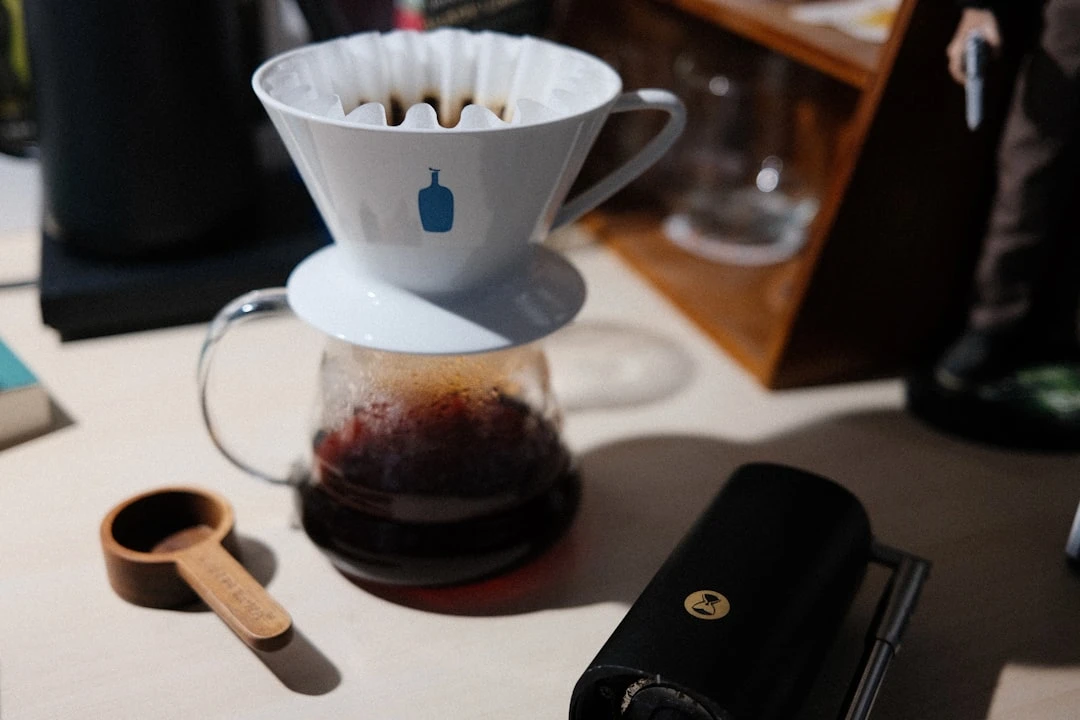Espresso Doppio: The Double Shot Guide That'll Change Your Coffee Game Forever
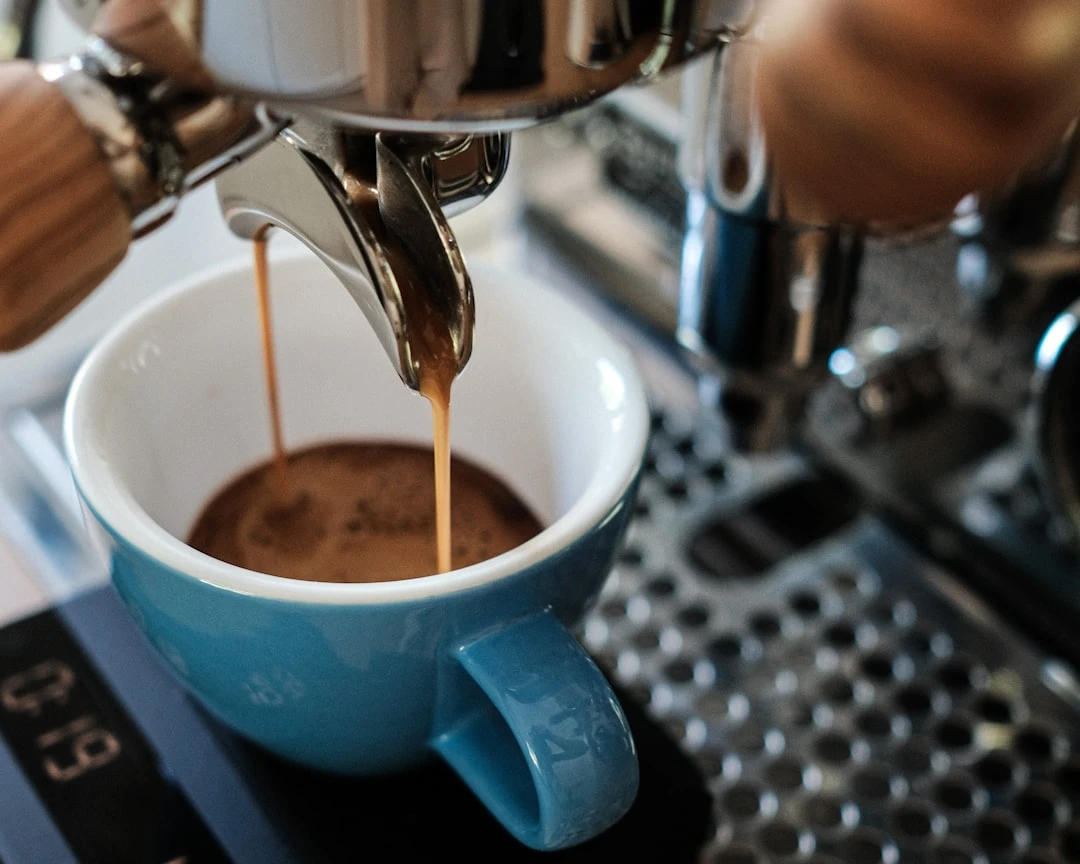
Did you know that the average Italian consumes over 600 espresso shots per year? That's nearly two shots every single day! But here's what blew my mind when I first discovered it - most of those "shots" are actually doppio, or double shots. I spent years thinking I was some kind of coffee weakling because one shot never seemed like enough. Turns out, I wasn't weak at all - I was just Italian at heart.
Learning about espresso doppio completely transformed how I approach my morning coffee ritual. It's not just about getting more caffeine (though that's definitely a perk). It's about understanding the foundation of Italian coffee culture and why this double shot has become the gold standard for espresso lovers worldwide. Whether you're tired of feeling unsatisfied after a single shot or you're curious about what separates good espresso from great espresso, this guide will walk you through everything you need to know about mastering the doppio.
What Is Espresso Doppio? (The Basics You Need to Know)
Let me tell you about the time I embarrassed myself at a fancy coffee shop in Rome. I confidently ordered "un espresso" and received this tiny little cup with what looked like barely a sip of coffee. The barista gave me this look like I was some kind of tourist amateur - which, let's be honest, I totally was. That's when I learned that what most of us consider a "normal" espresso shot is actually called a doppio.
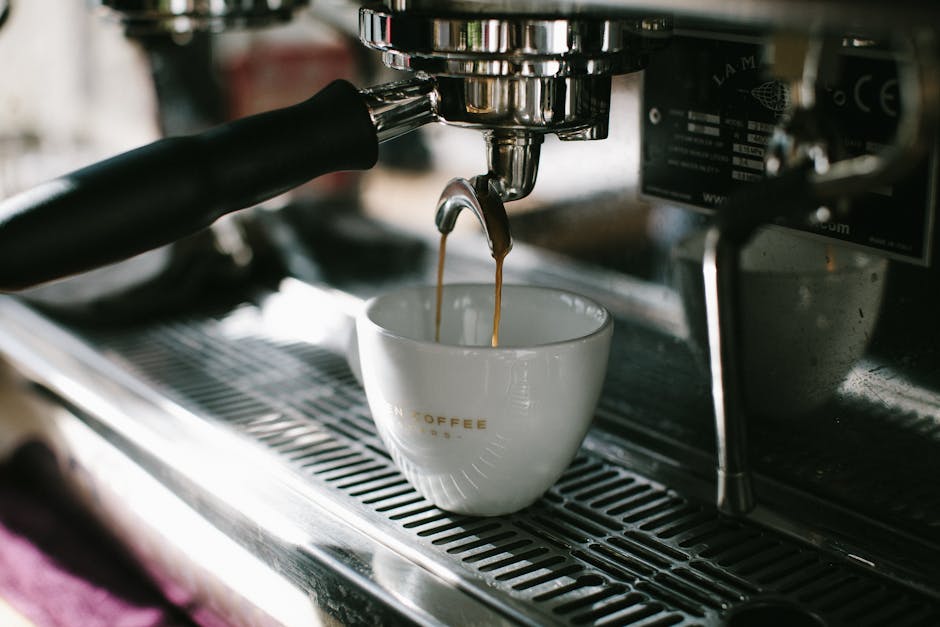
Espresso doppio literally means "double espresso" in Italian. It's made using about 14-18 grams of coffee grounds instead of the 7-9 grams used for a single shot, and it produces roughly 2-3 ounces of liquid gold instead of the traditional 1-1.5 ounces. The beauty of doppio isn't just in the quantity though - it's in how the increased coffee-to-water ratio creates a more balanced flavor profile that doesn't get overwhelmed by bitterness or acidity.
Here's what confused me for the longest time: in most American coffee shops, when you order an "espresso," you're actually getting a doppio by default. The single shot (or "solo" in Italian) has become somewhat of a specialty order. This explains why I always felt like European espresso was somehow "different" - it literally was! They were serving me the traditional single shot while I was used to the doppio standard back home.
The visual difference is pretty obvious once you know what to look for. A proper doppio should have a rich, golden-brown crema that's about 3-4mm thick covering the surface. The liquid underneath should be dark and syrupy, not watery or pale. When I finally nailed my first homemade doppio, I literally did a little victory dance in my kitchen. My roommate thought I'd lost it, but that perfect layer of crema felt like winning an Olympic medal.
How to Make the Perfect Espresso Doppio at Home
Making doppio at home used to intimidate the hell out of me. I'd spent probably $200 on fancy coffee beans only to produce what tasted like bitter water or over-concentrated mud. The breakthrough came when I stopped trying to wing it and actually followed some basic principles - something my impatient self should've done from day one.
First things first: you absolutely need an espresso machine that can maintain proper pressure. I learned this the hard way after trying to make "espresso" with a Moka pot for months. While Moka pots make decent coffee, they can't generate the 9 bars of pressure needed for true espresso extraction. You don't need to spend thousands, but expect to invest at least $200-300 for a machine that'll actually produce doppio worth drinking.
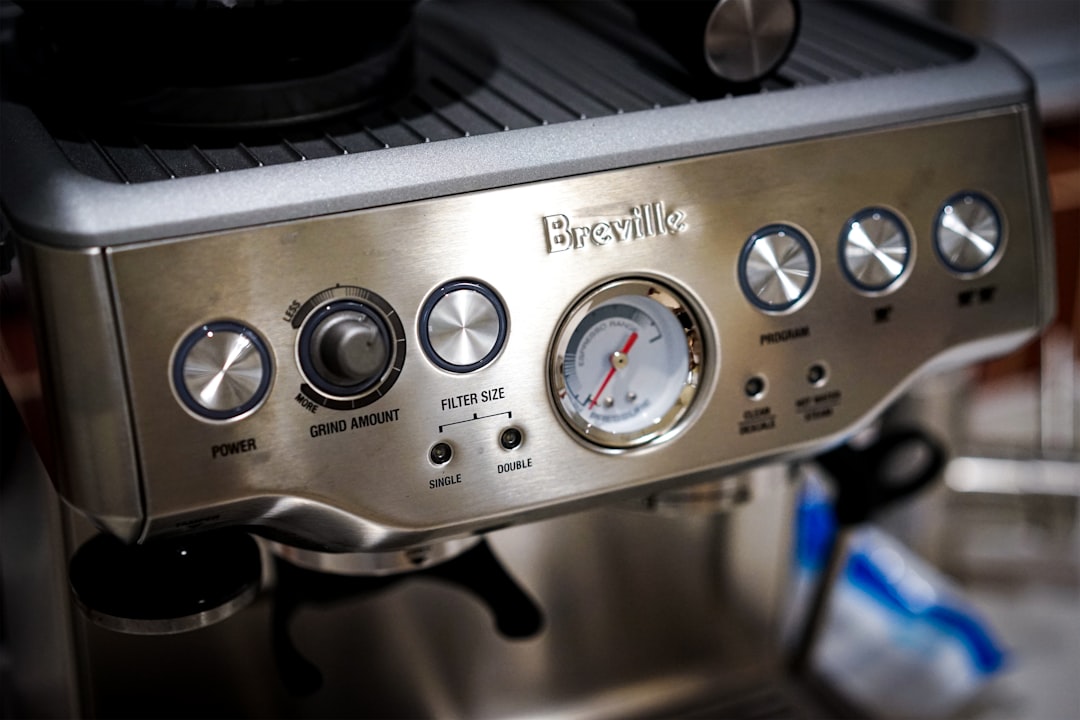
The coffee bean situation is where I made my biggest rookie mistakes. I was buying pre-ground espresso from the grocery store and wondering why my shots tasted stale and flat. Fresh beans make an absolutely massive difference - we're talking night and day here. Buy whole beans roasted within the past 2-4 weeks, and grind them right before brewing. I use about 16-18 grams of coffee for my doppio, which took some trial and error to get right.
Here's my step-by-step process that actually works: Start by grinding your beans to a fine consistency - think powdered sugar, not sand. Distribute the grounds evenly in your portafilter and tamp with about 30 pounds of pressure (I practiced on a bathroom scale until I got the feel for it). The extraction should take 25-30 seconds for a doppio, and you should see a steady stream that starts dark and gradually lightens to a golden honey color.
Temperature control nearly drove me crazy until I figured it out. Your water should be between 195-205°F. Too hot and you'll extract bitter compounds; too cool and you'll get sour, under-extracted shots. Many home machines take 15-20 minutes to properly heat up, which I learned after months of impatient, mediocre espresso. Now I start my machine while I'm still in my pajamas.
Espresso Doppio vs Other Coffee Drinks
The coffee shop menu used to confuse me so much that I'd usually just order "whatever's popular" and hope for the best. Understanding the actual differences between doppio and other espresso-based drinks changed everything about how I order coffee - and honestly, it's saved me money because I stopped accidentally ordering drinks I didn't actually want.
A regular espresso shot uses about 7-9 grams of coffee and produces 1-1.5 ounces of liquid. Doppio doubles both the coffee and the liquid output, but here's the key difference I didn't understand for years: it's not just about more caffeine. The ratio change creates a completely different flavor experience. Single shots can be intensely concentrated and sometimes harsh, while doppio provides more balance and complexity. It's like the difference between a shot of whiskey and a proper whiskey tasting pour.
Americano threw me for a loop initially because it looks similar to doppio but tastes completely different. An americano starts with espresso (usually doppio) but then adds hot water to dilute it. This creates a coffee that's similar in strength to drip coffee but maintains some of the espresso characteristics. I used to think americanos were just watered-down espresso, but they're actually a legitimate way to enjoy espresso flavors in a larger, less intense format.
The long shot, or "lungo," is where things get tricky. A lungo uses the same amount of coffee as doppio but extracts for longer, creating more liquid. Sounds great in theory, right? Wrong. I tried making lungos for weeks because I thought more coffee equals better coffee. The extended extraction time pulls out bitter compounds that make the coffee taste harsh and unpleasant. Now I stick to proper doppio timing.
Caffeine-wise, doppio contains roughly 120-150mg of caffeine compared to 60-75mg in a single shot. That's still less than most 8-ounce cups of drip coffee, which surprised me. The concentrated delivery method makes doppio feel stronger than it actually is in terms of pure caffeine content.
The Best Coffee Beans for Espresso Doppio
Choosing beans for doppio is where I've made some expensive mistakes and learned some valuable lessons. I used to think that the most expensive, exotic beans would automatically make the best espresso. Spoiler alert: they don't. Some of my best doppio experiences have come from well-roasted, properly sourced beans that cost half as much as the fancy stuff.
Medium to medium-dark roasts work best for doppio in my experience. Light roasts can be too acidic and bright when concentrated into espresso, while very dark roasts often taste burnt and one-dimensional. I've found my sweet spot with beans that are roasted just past the second crack - they maintain origin characteristics while developing the body and sweetness that works beautifully in doppio.
The single origin versus blend debate kept me up at night for way too long. Single origins can make fantastic doppio, but they require more precision in your brewing technique because there's no blend balance to hide mistakes. Blends are more forgiving and often designed specifically for espresso extraction. When I was learning, blends saved my sanity and my taste buds. Now I enjoy both, but I still reach for a good espresso blend when I want consistent results without thinking too hard.
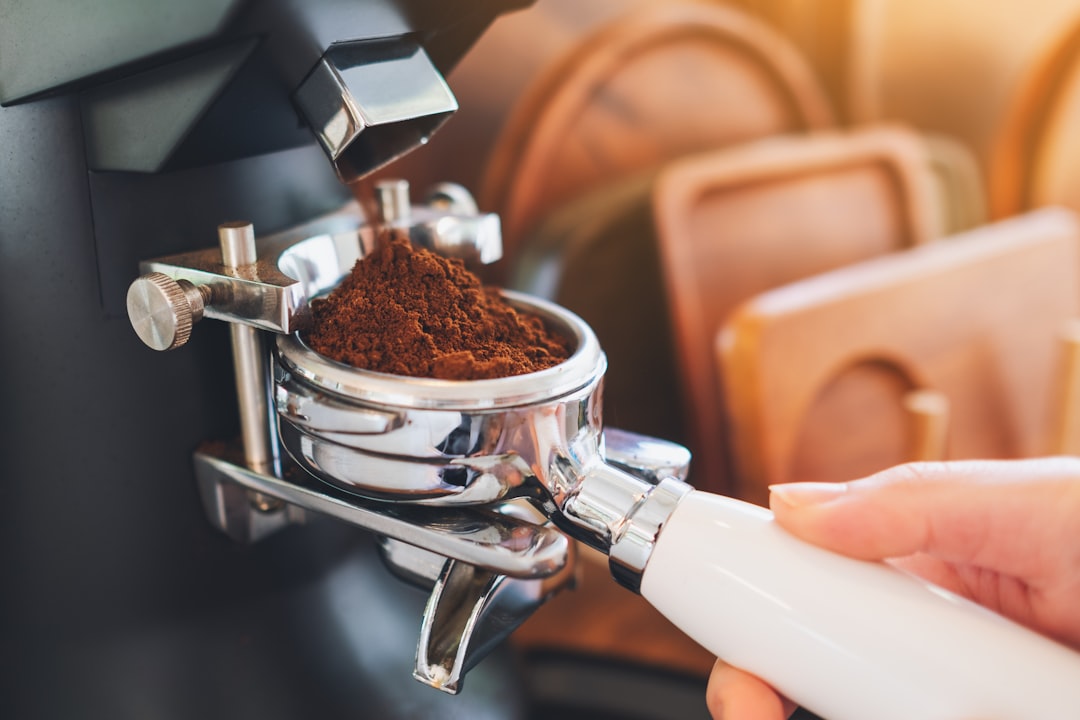
Grind size is absolutely critical for doppio success. Too coarse and your water rushes through too quickly, creating sour, under-extracted shots. Too fine and you get over-extracted bitterness or even worse - no extraction at all if you've created a brick that water can't penetrate. I adjust my grind daily based on humidity, bean age, and how my shots are tasting. It sounds obsessive, but those tiny adjustments make huge differences.
Storage mistakes cost me a lot of good beans before I figured out proper technique. Beans start losing flavor within days of roasting if not stored properly. I keep mine in an airtight container away from light and heat, and I only buy enough for 2-3 weeks at a time. Freezing beans can work for longer storage, but you need to let them come to room temperature before grinding, and you can't refreeze them once thawed.
Troubleshooting Your Doppio
Every home barista goes through the frustrating phase where nothing seems to work right. I've thrown away more terrible shots than I care to admit, and I've definitely had moments where I questioned whether I was cut out for this whole espresso thing. The good news is that most doppio problems have straightforward solutions once you know what to look for.
Over-extraction is probably the most common issue I see (and experienced myself for months). Your doppio tastes bitter, harsh, or astringent, and there's no amount of milk or sugar that makes it pleasant. This usually happens when your grind is too fine, your extraction time is too long, or your water temperature is too high. I spent weeks adjusting my grinder one setting at a time until I found the sweet spot. Sometimes you need to be more aggressive - if your shots are taking 45+ seconds to extract, go much coarser with your grind.
Under-extraction creates sour, weak, or salty-tasting doppio that lacks body and sweetness. This frustrated me endlessly because the shots looked right but tasted terrible. The fix is usually grinding finer, increasing your dose slightly, or making sure your water temperature is hot enough. I learned to taste for this sourness specifically - once you know what under-extracted coffee tastes like, you can't un-taste it.
Crema problems drove me absolutely nuts when I started. Sometimes I'd get no crema at all, sometimes it would disappear immediately, and sometimes it looked right but tasted wrong. Crema issues usually point to bean freshness problems. Beans that are too fresh (less than 4 days post-roast) or too old (more than 4 weeks) won't produce good crema. Also, make sure you're using enough coffee - skimping on dose will give you thin, pale crema that disappears quickly.
Channeling is when water finds the path of least resistance through your coffee puck, creating uneven extraction. You'll see this as blonde streaks or spurting during extraction, and it results in shots that are both over and under-extracted simultaneously. The solution involves better distribution of grounds in your portafilter and more consistent tamping pressure. I bought a distribution tool that helps level the grounds before tamping, and it solved about 80% of my channeling issues.
Temperature surfing became my secret weapon once I learned my machine's quirks. Most home espresso machines don't maintain perfectly stable temperatures, so I learned to time my shots based on the heating cycles. It sounds complicated, but after a few weeks, you develop a rhythm that becomes second nature.
Health Benefits and Caffeine Content of Espresso Doppio
The health aspects of doppio fascinated me once I started drinking it regularly and noticed some interesting effects. I'm not a doctor, but I did a lot of research after my friends started joking that I'd become some kind of espresso-powered superhuman. Turns out, there's actually some science behind why doppio makes me feel more alert and focused than regular coffee.
Doppio contains about 120-150mg of caffeine, which is substantial but not excessive compared to other coffee drinks. What makes it different is the delivery method - you're getting that caffeine in a concentrated 2-3 ounce serving that you typically drink quickly. This creates a faster onset of effects compared to sipping a large coffee over 30 minutes. I notice the alertness kicks in within 10-15 minutes of finishing my doppio.
The antioxidant content in espresso is actually higher per ounce than regular drip coffee because of the concentrated extraction method. These antioxidants, particularly chlorogenic acids, have been linked to various health benefits including improved metabolism and reduced inflammation. I started drinking doppio partly for the taste, but knowing there are potential health benefits doesn't hurt.
However, doppio isn't for everyone, and I learned this the hard way when I started making them for houseguests without asking about caffeine tolerance. People who are sensitive to caffeine, pregnant women, or those with certain heart conditions should definitely consult with healthcare providers before making doppio a regular habit. I had one friend who couldn't sleep for hours after having doppio at 2 PM.
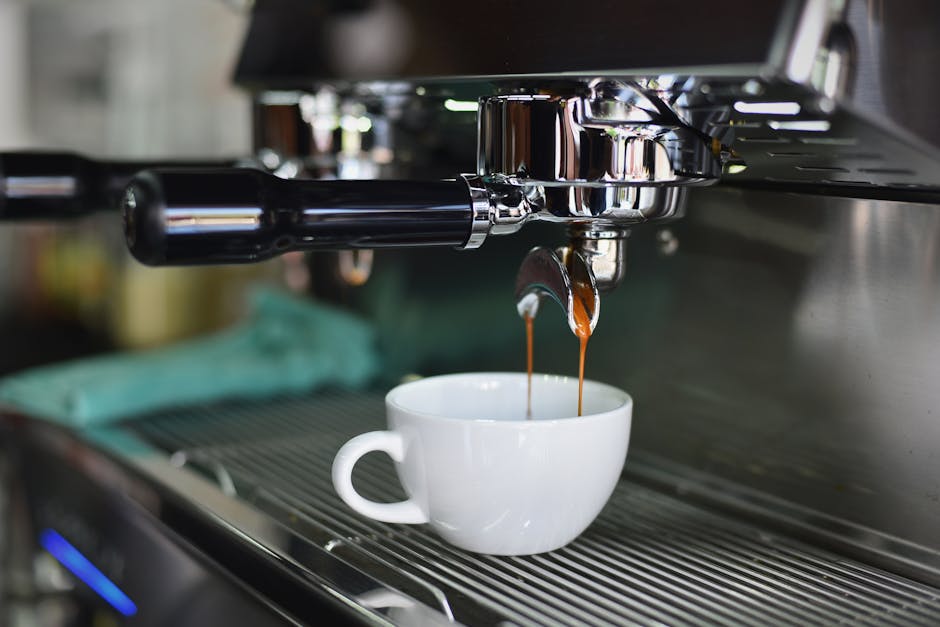
Timing matters more with doppio than with regular coffee because of the concentrated caffeine dose. I've found that having doppio after 3 PM can interfere with my sleep, even though I can drink regular coffee much later without issues. The general recommendation is to avoid caffeine 6-8 hours before bedtime, but with doppio, I need a longer buffer.
The ritual aspect of doppio has become almost as important as the caffeine for me. Taking 5 minutes to properly make and enjoy a doppio creates a natural pause in my day that helps with stress management. There's something meditative about the process - grinding beans, tamping, watching the extraction, and then actually sitting down to drink it rather than rushing around with a to-go cup.
Conclusion
Mastering espresso doppio has been one of those skills that seemed impossibly complicated at first but becomes second nature with practice. The journey from terrible, bitter shots to consistently excellent doppio taught me patience, attention to detail, and the value of understanding fundamentals rather than just following recipes blindly.
The most important thing I've learned is that great doppio isn't about having the most expensive equipment or the rarest beans - it's about understanding the principles and being consistent with your technique. Every variable matters, from grind size to water temperature to timing, but once you dial in your process, making excellent doppio becomes as routine as brushing your teeth.
Remember that your taste preferences matter more than any expert's opinion, including mine. Some people prefer their doppio slightly over-extracted for more body, others like it bright and acidic. The beauty of making doppio at home is that you can adjust everything to match exactly what you enjoy. Don't be afraid to experiment, make mistakes, and throw away shots that don't taste right - that's all part of the learning process.
If you're just starting your doppio journey, be patient with yourself and focus on one variable at a time. Don't try to perfect everything simultaneously or you'll drive yourself crazy trying to figure out what's working and what isn't. Start with good beans, get your grind size roughly right, and then fine-tune from there.
Related Articles
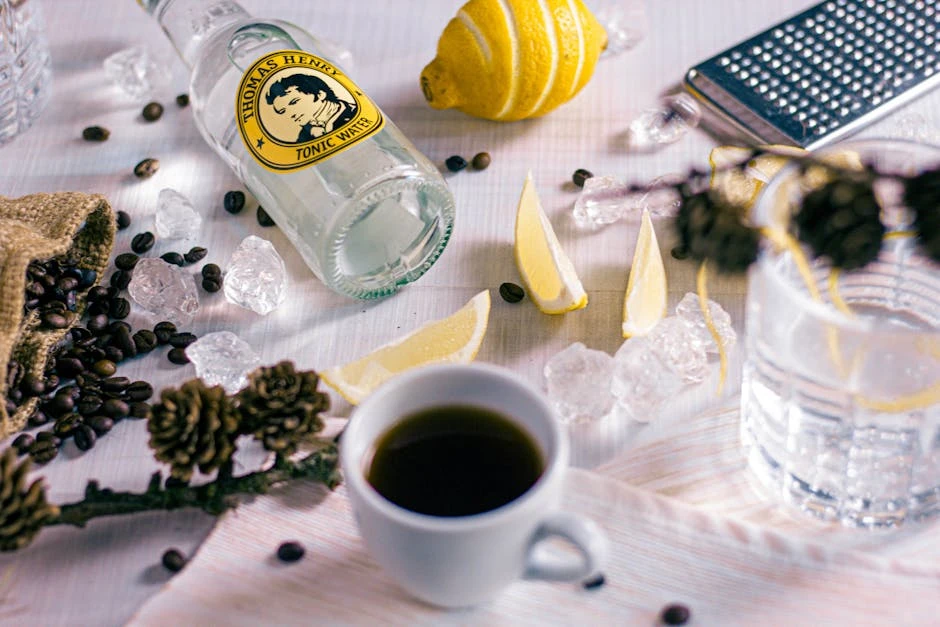
Easy Espresso Tonic Recipe: Make This Trendy Iced Coffee Drink in 5 Minutes
Read More →
Ristretto vs Long Shot: The Guide to Espresso Extraction Comparison
Read More →